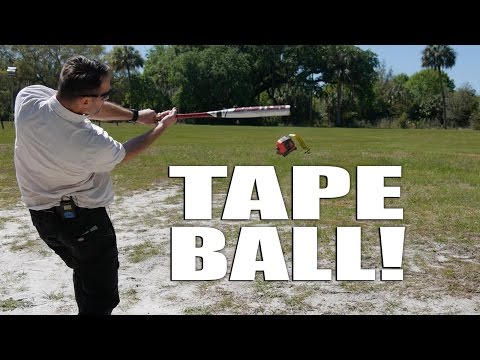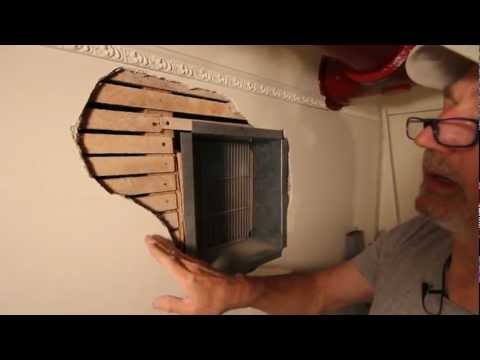In this video from ProToolReviews, Kenny (Stick your finger in the blade, Kenny!) outlines the most important aspects of comfortable footwear—and how testing tools is like an ironman competition.
Video Transcript:
Before getting into the professional tool scene, I competed in distance running and triathlon. I've run marathons and even completed an Ironman triathlon, and I'm not exactly a small guy, so I know a thing or two about keeping your feet comfortable in uncomfortable conditions. Running is one thing, but what makes a comfortable work boot? I'm going to show you four things you have to pay attention to in order to get work boots with a comfortable fit.
Some of these things have changed drastically over the years, so if you're still wearing the same model of boot you have been since 2010, you might want to pay attention because there's a good chance your feet aren't nearly as comfortable as they could be.
How to get the right fit in footwear
Getting the right fit is the most important thing when you're looking for comfortable work boots. The wrong fit can make the boot feel terrible by the end of the day. Too loose, and you're sliding around inside the shoe and getting blisters. Too tight and you're putting additional pressure on different areas of your foot. A proper fit should leave you with about a thumb's width between your big toe and the end of your boot. That allows your foot to swell naturally throughout the day without being too loose. So how do you get the right fit if you're getting a safety toe work boot?
The easiest way we've found is to go ahead and get your sizing based on the soft toe, and then order the steel or composite toe that you'd like to go along with it. We just find that the sizing isn't that much different between them, and if you're that close, you should probably go up half a size. Width is a big deal too, like a good running shoe. The middle should hug the sides of your foot, and the material should keep your foot from sliding side to side.
Outsole style can spread your weight
We'll save the outsole material for another conversation. What we want to focus on is the outsole style. Traditional heeled work boots often suffer on hard ground like concrete or asphalt because they put all of your body weight on a smaller surface area. Wedge boots tend to be more comfortable thanks to an outsole design that fully engages what you're walking on, spreading out your weight more.
The trade-off used to be that wedge boots had a very shallow tread that wasn't as good on soil. New designs combine the comfort of a wedge with the deeper tread of a heeled boot to give you the best of both worlds.
The midsole offers shock absorption
The midsole is where we've probably seen the most improvement in the last couple of years. Running shoes use a soft EVA foam that's super cushy but doesn't last as long. Work boots traditionally went with a more dense foam; even when they started using EVA, they lasted longer but didn't absorb nearly as much impact. The most comfortable work boots we've tested have shifted to a softer foam, and there's a massive improvement in how our feet feel at the end of the day.
You do need to replace them more often, though; plan on getting about six months out of your everyday boots instead of a year. Trust us on this one, though, your feet and legs will thank you. Most boot manufacturers offer a removable cushioned insole. They all work pretty well in their own right, and you can always change them out for a different one if you like. In general, I typically stay away from the memory foam insoles. They don't seem to last as long for me, and they tend to be hotter, making your feet sweat more.
As an Ironman triathlete, those are the things I look for when I'm shopping for comfortable work boots. What's the most comfortable boot you've ever worn? Let us know in the comments below, and as always, thanks for watching.











